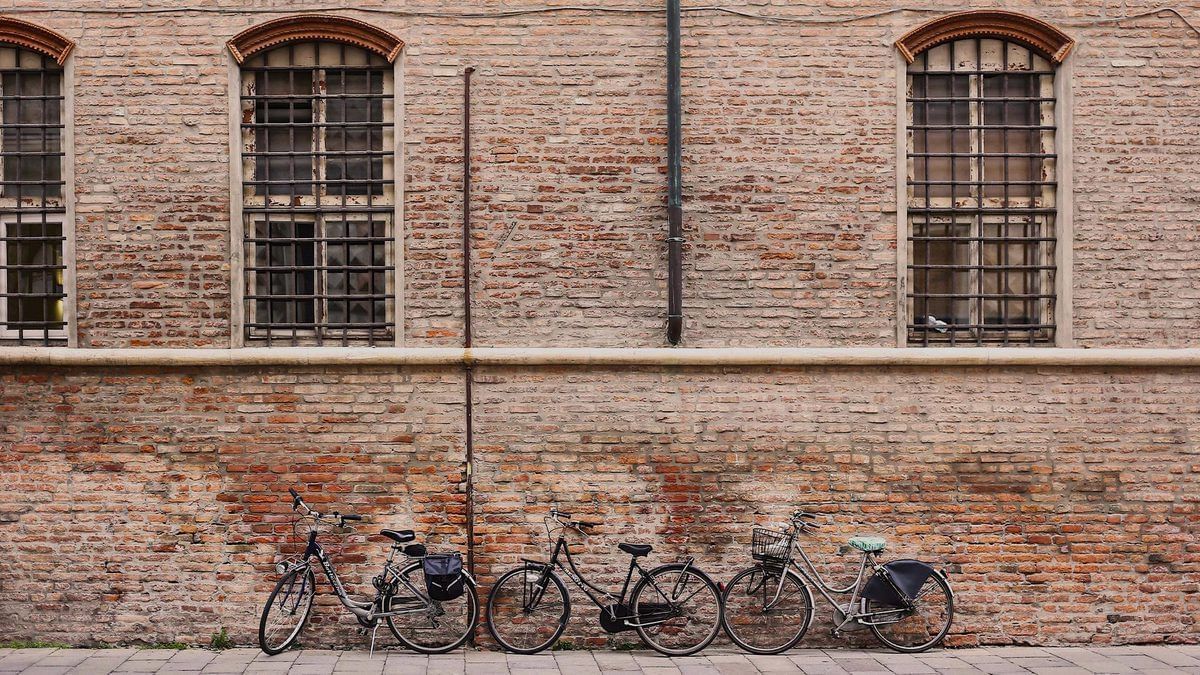Green spaces and two-wheelers in abundance: two slow days visiting the city renowned for the Este family.
4 Sep 2020
Gruppo UNA
UNESCO World Heritage Site Ferrara is a perfect place to tour on foot or by bike, in no particular hurry. Ferrara offers poetry, culture and unique architecture, views, cross-pollination and colours. Over the last few years, headline cultural projects and sustainable mobility have made Ferrara one of the Emilia-Romagna region’s most attractive destination cities.
In addition to the nine-kilometre-long path around the walls that girdle the old town, perfect for walking or cycling either on the embankment or on the flat terrain below, Ferrara has so many highlights to visit.
Here are our recommendations for your weekend visit.
The Estense Castle.
Where to begin your Ferrara tour? The ideal starting point is the Castello Estense, which reopened to the public with safety measures from June 6. The undisputed symbol of the city, the castle rises imposingly in the historic centre of Ferrara, a rare surviving Italian castle with a water moat. Construction on the castle began in 1385. In its final form, the brick-coloured structure sports four large towers along its sides. Our visit begins by crossing the drawbridges. Once inside, take a look at the prisons and the large frescoed rooms used for games and court entertainments.
Between 6 June and 27 December 2020, the castle is hosting an exhibition of works by Gaetano Previati (“Between Symbolism and Futurism”). A key figure in the renewal of Italian art on the threshold of the modern, Previati is considered an heir to the Romantic tradition, an interpreter of Symbolist poetics and, with the visionary and experimental sensitivity of his Divisionist painting, a forerunner of the Futurist avant-garde. To mark the centenary of his death, his hometown is dedicating an exhibition to him right here at Castello Estense.

The Municipal Square and Staircase of Honour.
Walk through the arch in front of the Cathedral and you’re in a beautiful square dominated by the Town Hall. Previously known as the Palazzo Ducale, the Palazzo Municipale began life as the Estensi family’s residence… until they built the Castle nearby.
The entrance is enriched by an imposing Staircase of Honour designed by architect Pietro Benvenuto degli Ordini, who also designed the square itself, today packed with bars and small shops. This majestic staircase leads up to the main floor of the Municipal Residence and its elegant halls. Here, Venetian-inspired architecture combines with Ferrara’s late medieval style to offer a foretaste of its compositional language in various elements and decorative details. Take in the majestic view from the top of the Scalone d’Onore, looking out over Piazza Municipale, once the Dukes’ “courtyard”.

Via Delle Volte.
Leaving the Cathedral Museum, turn left and continue along Via San Romano until you come, on your left and right, to the wonderful Via delle Volte, so called for its many arches and overhead walkways. In this part of town, time really does seem to have stood still, offering a truly authentic atmosphere.
Some two kilometers long, the street has earned a place for itself not just in popular sayings, but in the writings of some of Ferrara’s most famous authors, first and foremost Giorgio Bassani in his masterpiece “Il Giardino dei Finzi Contini”. Today, the street is dotted with little restaurants to savour the delicacies of Ferrara cuisine, one of the few in Emilia-Romagna to still have a kosher influence in a city that has traditionally been one of Italy’s largest Jewish communities.

Corso Ercole I D’Este.
To reach Corso Ercole I d’Este, head back to the Castello Estense. On the Viale Cavour side, cross the street to the start of this magnificent boulevard, one of the two cornerstones of the Erculea Extension and one of the most beautiful avenues in Europe, its authenticity preserved by a lack of shops and commercial businesses. Stroll along and admire the beauty of the buildings, one after another.
The thoroughfare’s heart is the Quadrivio degli Angeli, at the intersection of the other “new streets” (Corso Porta Mare - Biagio Rossetti - Porta Po), highlighted by three richly-decorated buildings: Palazzo Turchi di Bagno, Palazzo Prosperi Sacrati, and the magnificent Palazzo dei Diamanti.

Il Palazzo Dei Diamanti.
Designed by architect Biagio Rossetti for Sigismondo, Ercole I d’Este’s brother, the “Diamond Palazzo” is named for the approximately 8,500 diamond-shaped white and pink marble ashlars on its two facades.
Legend has it that one of the ashlars conceals an authentic diamond plucked from his crown concealed by Hercules I. The only two people who knew its exact location were him and the foreman. The Duke reputedly blinded and cut off the unfortunate master builder’s tongue to keep the precious diamond’s location a secret forever.

La Rotonda Foschini.
Our tour ends at the Rotonda Foschini, in the corner opposite the Estense Castle. Look up when you get to this small oval courtyard! If possible, try to time you arrival towards the end of the day, as the sun goes down and it is at its most impressive.
An integral part of the Municipal Theatre’s architecture, it was designed to allow carriages to pass through. Closed to traffic today, access is via the two entrances on either side of the theatre itself: Corso Giovecca, and Corso Martiri della Libertà.

Where to stay in Ferrara?
The Gruppo UNA UNAWAY Hotel Occhiobello is an ideal place to stay on any Ferrara visit. Located in a strategic position just outside the Renaissance city, it is perfect for business travelers. In addition to offering quiet rooms, it boasts a renowned restaurant, fitness facilities and lovely gardens.


